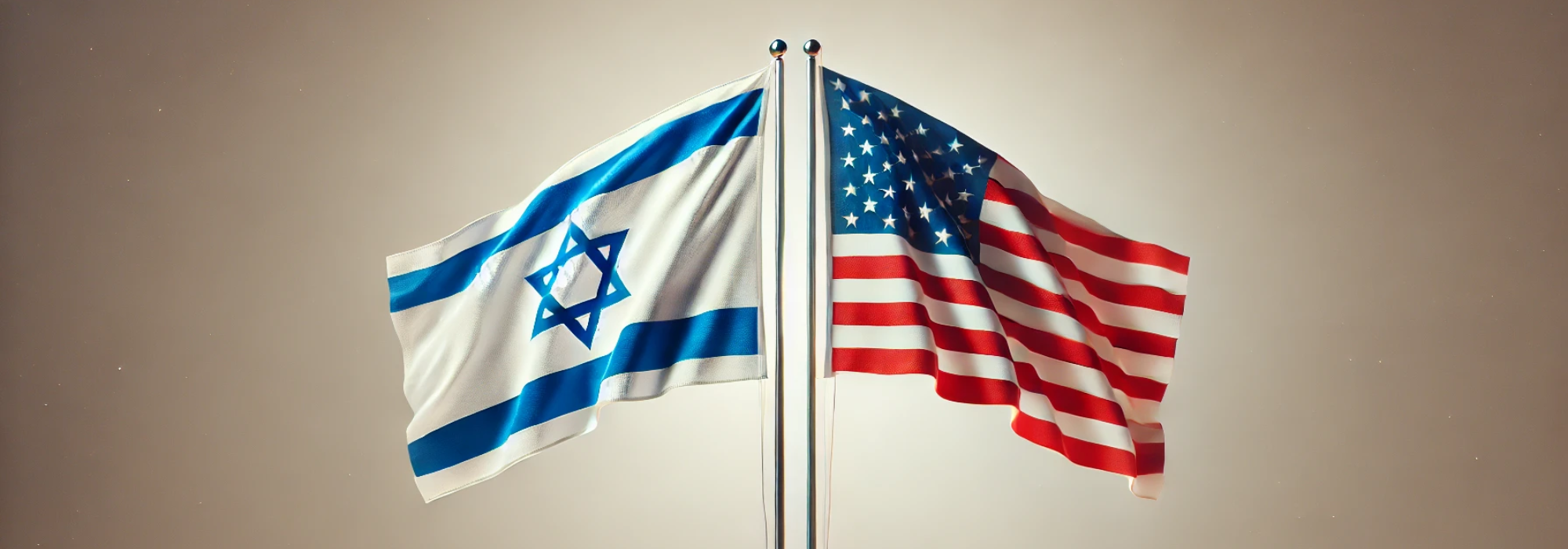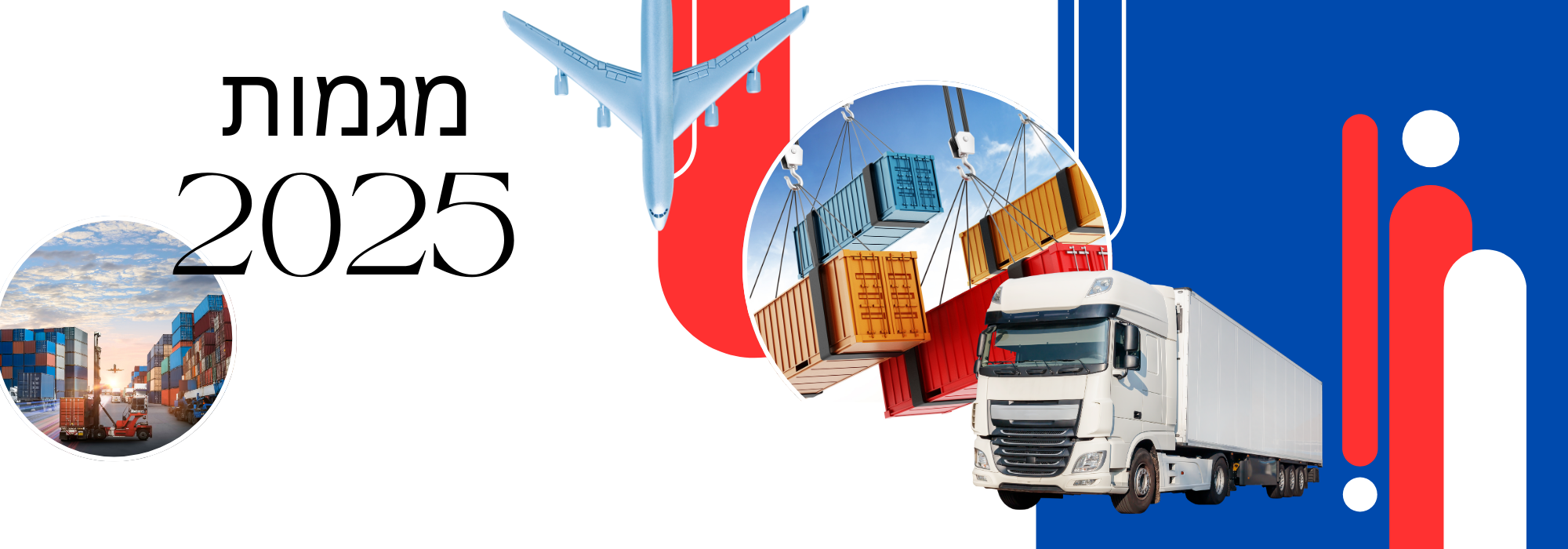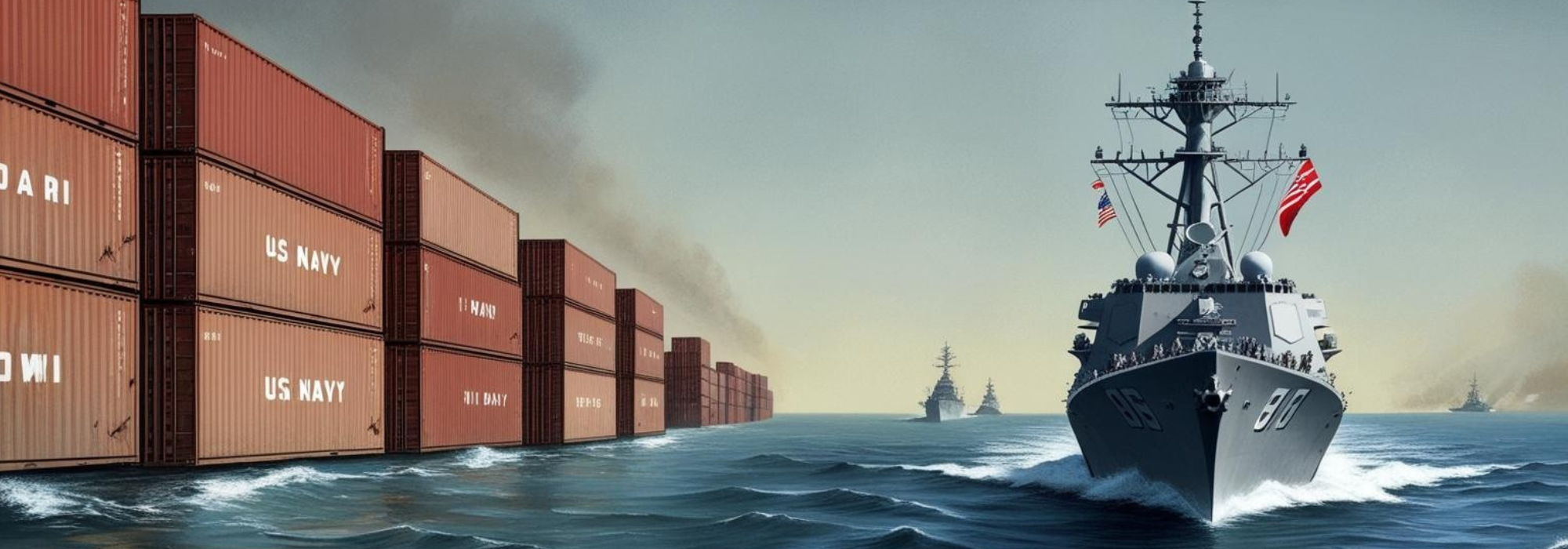With over 66 countries using the procedure, the TIR system is the international customs transit system with the widest geographical coverage.
As other customs transit procedures, the TIR procedure enables goods to move under customs control across international borders without the payment of the duties and taxes that would normally be due at importation (or exportation). A condition of the TIR procedure is that the movement of the goods must include transport by road.
Goods move from a customs office of departure in one country to a customs office of destination in another country under cover of an internationally accepted customs transit document, the TIR carnet, which also provides a financial guarantee for the payment of the suspended duties and taxes. The guarantee system is managed by an international organisation, which is currently the International Road Transport Union (IRU).
Although each EU Member State is a Contracting Party to the TIR Convention, the European Union is considered to be a single territory for the purposes of the TIR procedure. This means TIR can only be used in the Union for international movements, i. e. where the movement either starts or ends in a third country, or where the goods move between two or more EU Member States via the territory of a third country.
Background
Under the auspices of the United Nations Economic Commission for Europe (UNECE), the TIR transit system was developed soon after the Second World War in order to help revitalise the economies of post war Europe. The TIR Agreement was concluded in 1949 and its success led to the establishment in 1959 of the first TIR Convention.
The 1959 Convention was replaced by the current Customs Convention on the International Transport of Goods Under Cover of TIR Carnets in 1975 (TIR Convention 1975). The TIR Convention 1975 was approved by Council Regulation (EEC) No 2112/78 of 25 July 1978 and entered into force in the European Community on 20 June 1983. The annex to this Council Regulation has been replaced by the Council Decision 2009/477/EC of 28 May 2009 (OJ L 165 of 26 June 2009). This annex contains the consolidated TIR Convention as amended until the end of 2022.
Each EU Member State, including the Union itself, is a Contracting Party to the TIR Convention 1975.
The TIR Convention is maintained by the UNECE who, in co-operation with the TIR secretariat, also maintain a publication known as the TIR Handbook. The Handbook not only contains the text of the Convention but also a wealth of other useful information concerning the practical application of the Convention.
The TIR transit system is founded on the following five main principles (the so-called pillars):
- the use of secure vehicles or containers,
- the international guarantee chain,
- the TIR carnet,
- the mutual recognition of customs controls, and
- controlled access to use the system.
The TIR Convention 1975 is dynamic in the sense that it has been amended many times over the years in order to reflect changes in respect of each of these main principles. In recent years the amendments have been structured and taken forward in discrete phases.
The first two phases introduced arrangements whereby access to use the TIR system would be subject to customs authorisation (the so-called “controlled access”) and a clarification of the roles and responsibilities of the major players involved in the TIR system. The third phase, which is currently in progress, includes a project to computerise the TIR system (eTIR international system) and measures in order to increase the transparency of the international organisation. In 2022, the first version of the eTIR International System specifications have been adopted by the new Technical Implementation Body (TIB) and the TIR Administrative Committee .
TIR in the Union
- TIR may only be used where the movement either starts or ends in a third country, or where an intra-Union movement of goods goes via a third country (Articles 226 and 227 UCC).
- The customs territory of the Union is considered to be a single territory (Article 228 UCC).
- The amount of the guarantee per TIR Carnet is 100,000 EUR (Article 163 IA).
- TIR carnet data for TIR operations within the customs territory of the Union need to be provided to the customs authorities electronically (Article 6 UCC).
- The electronic transit system of the Union (NCTS) is to be used for the electronic exchange of data between the customs administrations of the EU Member States (Article 273 IA).


















